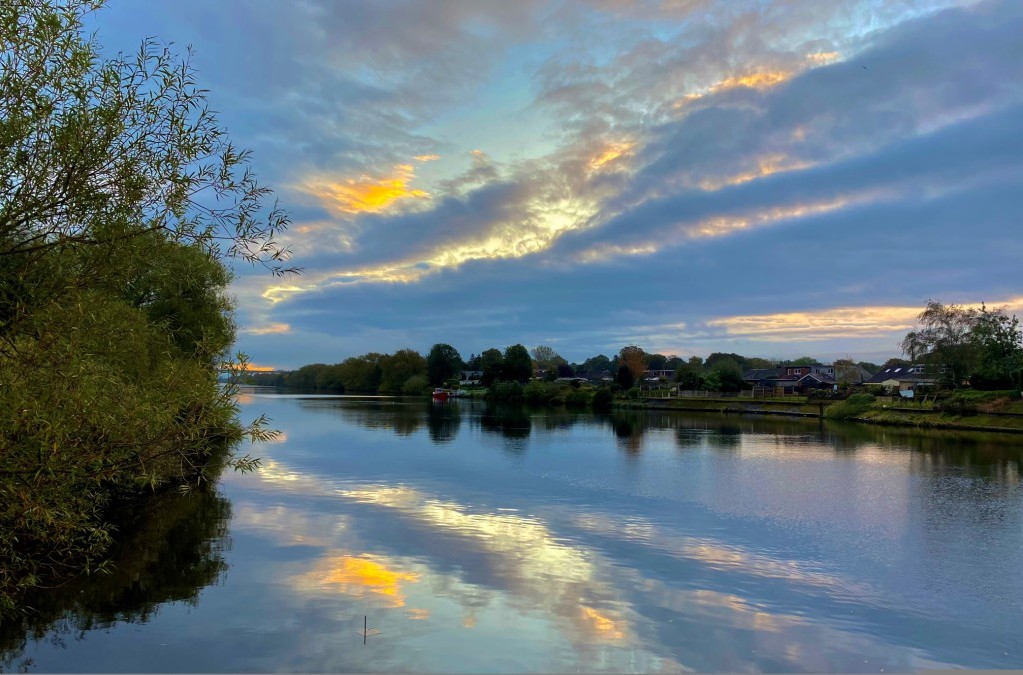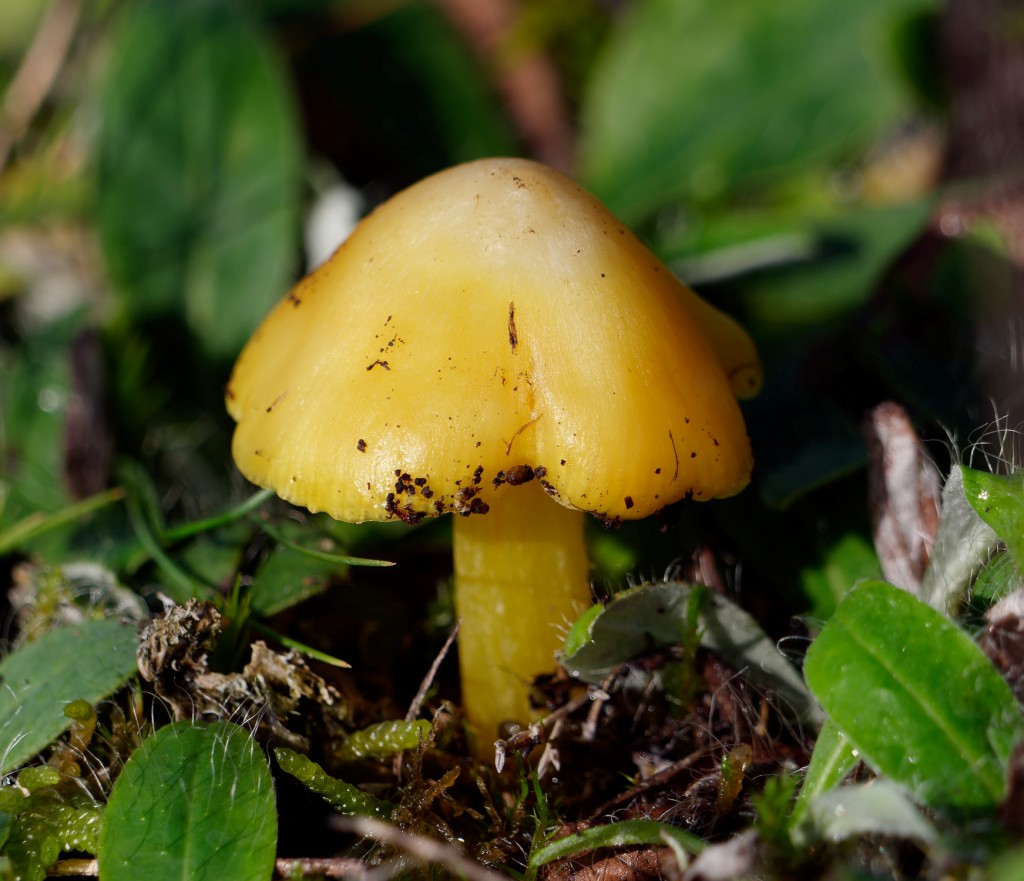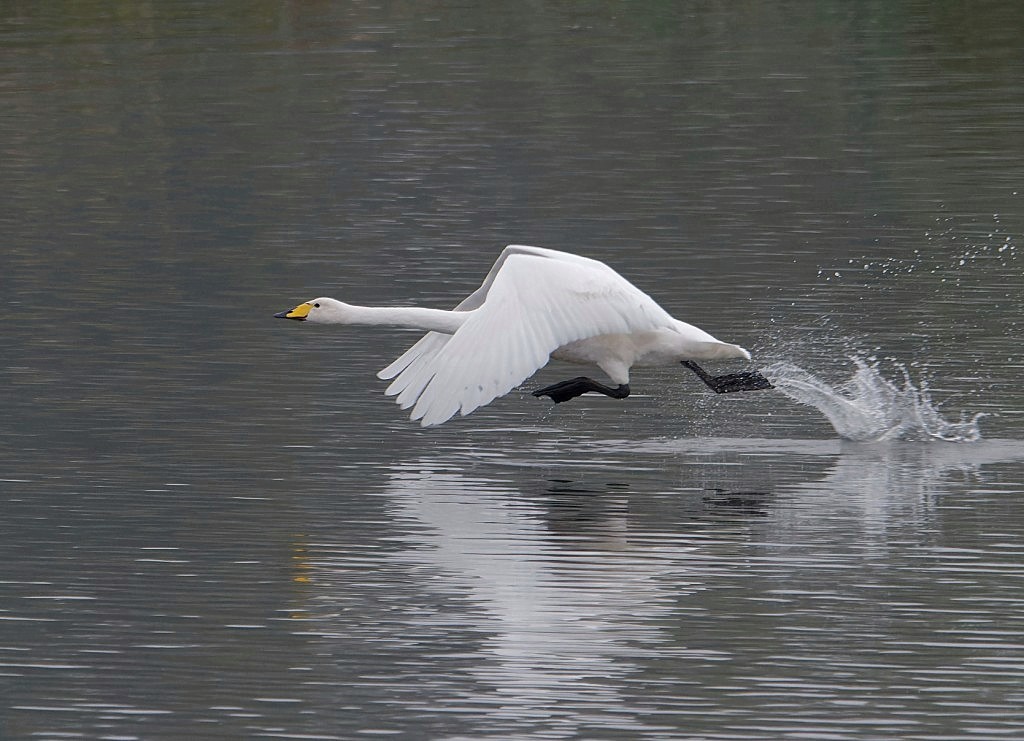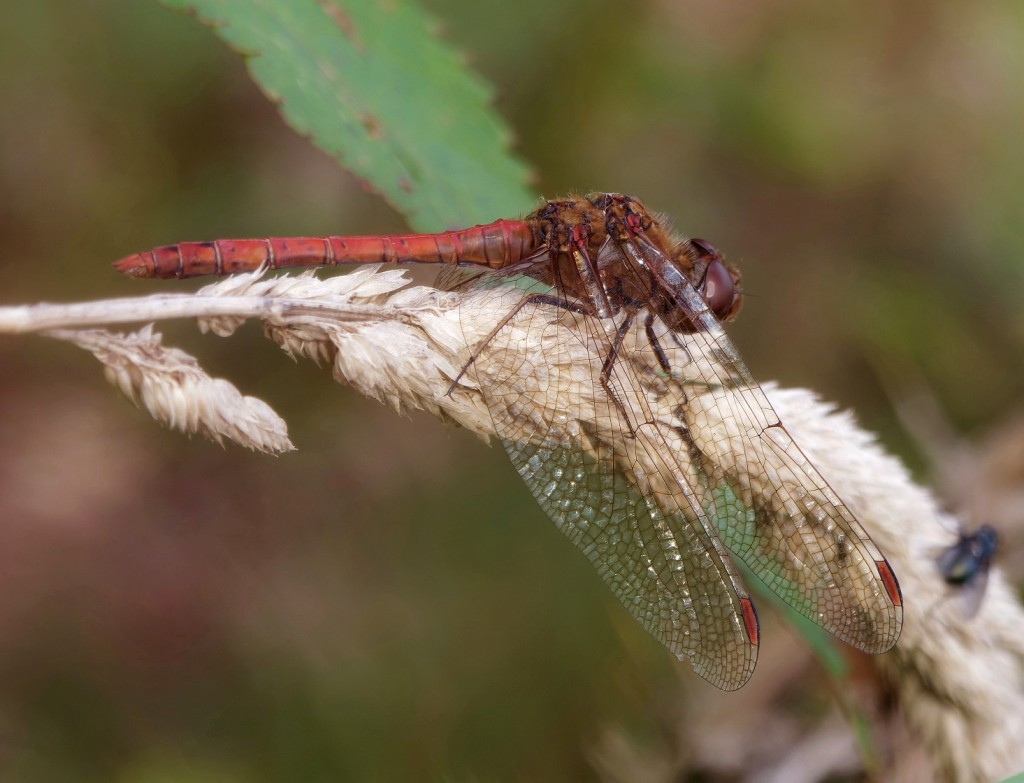Woolston Eyes Monthly Sightings
2023-10-25
After a misty start it turned out to be a lovely autumn day. A few skeins of Pink-footed Geese flew over in a south-easterly direction. Birds were heard calling from the fields to the east of the river Bollin and it appeared that they were feeding there as they have done in recent years. 130 teal were on No.3 bed together with a Shelduck. Red Admirals are still flying in small numbers and one was on Butchersfield Tip.
Submitted by: Dave Hackett
2023-10-24
Two very contrasting autumn mornings recently. Saturday delivered a light hoar frost at dawn, followed by hazy sunshine, while this morning was gloomy with wall-to-wall drizzle. Saturday’s highlights were: a late Swallow heading south, 2 Black-tailed Godwits, 2 juvenile Marsh Harriers hunting together, 120 Redwings feeding in the centre of No.3 bed, 200 Pink-footed Geese passing over, 1 Snipe and 80 Linnets visiting the seed crop. This morning produced a pretty similar cast, with: 1 Dunlin, 3 Snipe, 80 Starlings from a roost at dawn, 34 Fieldfares, 250 Redwings, 240 Pink-footed Geese, 1 Chiffchaff and 2 Kingfishers. The link is to a video showing some birds from the last week or so, including Black-tailed Godwit, Dunlin, Whooper Swan and duelling Ravens and Marsh Harrier. https://youtu.be/4hv1hsdTYG0 Cheers David Bowman (with Dan Owen and Helen Wynn)
Submitted by: David Bowman
2023-10-19
It’s been a decent week for variety, though we’re still waiting for any large movements of winter thrushes. Among the 2,000 water-birds recorded during Saturday’s Wetland Birds Survey (WeBS), the highlights were 3 Whooper Swans, 1 Green Sandpaper and 3 Jack Snipe. Tuesday saw a Bittern drop into No.3 bed, though it quickly disappeared into cover and I was unable to relocate it. This morning started with 3 Black-tailed Godwits and a Dunlin in front of the Morgan Hide. Then two Pintail appeared among the hundreds of Gadwall, Teal and Shoveler flushed by a marauding Marsh Harrier. The harrier, in turn, was then harassed by three passing Ravens, while a handful each of Redwings and Pink-footed Geese rounded off an entertaining morning. Photo: view over the Ship Canal at dawn. Cheers David Bowman
Submitted by: David Bowman
2023-10-14
We were fortunate with the weather this morning, as we were able to carry out the monthly Wetland Birds Survey (WeBS) under blue skies while watching rain showers pass over the hills to the north. A dawn start for a quick coffee in No.3 bed produced three Whooper Swans, which flew off to the south. Then it was a seven mile walk to cover Bed 4 and Bed 1 as far as Bollin Point, while other wardens counted Beds 2 and 3. Our counts for the two beds, which totalled just over a thousand wetland birds, were: 3 Jack Snipe, 7 Common Snipe, 133 Coot, 96 Tufted Duck, 4 Grey Herons, 108 Shoveler, 125 Gadwall, 16 Mute Swans, 3 Moorhens, 4 Canada Geese, 110 Teal, 6 Little Grebes, 35 Black-headed Gulls, 2 Cormorants, 37 Mallard and 305 Lapwings. Other sightings of note included: 8 Common Darters on No.1 bed. Photo of a species of mushroom! Cheers David Bowman (with Helen Wynn and Kelly Ainsworth)
Submitted by: David Bowman
2023-10-12
With rain overnight, a dawn fog clearing to blue skies by mid-morning and a light south-easterly breeze, it always looked good for something interesting turning up. Visibility was poor until around 9.00 am, with just a Little Egret drifting through the mist but things soon picked up, with a Stonechat bobbing up in the No.3 bed seed crop, plus 18 Fieldfares, 60 Redwings and 200 Pink-footed Geese passing overhead. Bird of the morning, though, was the single Whooper Swan which dropped in front of the Morgan Hide and looked settled till one of the local Mute Swans took exception to its presence and chased it off to the west. These attractive swans, with a triangular yellow flash on the bill, breed in Iceland and a few tens of thousands come to winter in the UK. They are uncommon visitors to the Reserve, so it was good to see one, if only briefly. Then a check of the finch flocks thronging around the bed produced some good counts, with 60 Greenfinches visiting the feeding stations and 120 Linnets, 100 Goldfinches and 80 Chaffinches visiting the seed crop, along with 25 Reed Buntings. Photo of the Whooper Swan Cheers David Bowman
Submitted by: David Bowman
2023-10-07
Though cool at first this morning, the day gradually warmed to a spring-like 20 degrees C by lunchtime. We’re in the last throes of of the crossover period between departing summer migrants and arriving winter visitors, with two juvenile Hobbies hawking for dragonflies over No.4 bed representing the former and 1,400 Pink-footed Geese, flying south-east, carrying the flag for the latter. Of our resident species, Cetti’s Warblers were triggered into song by the unseasonal warmth, with 13 belting out their explosive songs from around Beds 3 and 4. Other counts of note included 4 Siskins and 10 Reed Buntings around the Bed 3 seed crop and 70 Shovelers in front of the Morgan Hide. Bed 4 held hundreds of wildfowl and we’ll get a better handle on the numbers present when we do the coordinated Wetland Birds Survey (WeBS) next Saturday. By late morning we were taking advantage of the lovely conditions by counting the dragonflies around the East Cell of the Bed 4 wetland, with 6 Migrant Hawkers and 52 Common Darters both good totals for October. It won’t be too long till we’re bidding “au revoir” to our dragonflies for another year, so it was good to see so many on the wing. Photo of a male Common Darter Cheers David Bowman (with Helen Wynn, Brian Baird, Sue Haddock and Brian Martin)
Submitted by: David Bowman




